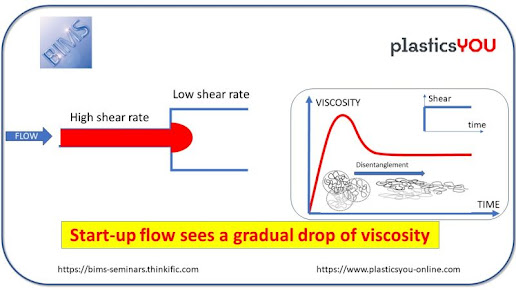Battelle Researchers Develop Soyabean-based Superabsorbent Polymers for Diapers
Anyone who's had a baby knows how fast diapers can pile up. Battelle scientists have developed a chemistry to make diapers and other absorbent products friendlier to the environment with the aim of making them cost competitive. The next step is to commercialize this new, green innovation a thoughtful idea that uses soybean meal to replace a third of the petroleum products currently found in such items.
Diapers and other materials that absorb liquids are effective because of hydrogels, which are known to scientists as superabsorbent polymers (SAPs) petroleum-based acrylic acid materials that can absorb hundreds of times their weights in liquid.
For several years, scientists at Battelle have been hard at work creating this soy-based replacement technology with funding provided by the United Soybean Board (USB) and the Ohio Soybean Council (OSC). Battelle's association with these organizations has led to other recent breakthroughs in soy research, such as flexible foams for bedding and furniture, toner for printers, lubricants, coatings, plasticizers and many other products that partially replace petroleum-based components.
Soybeans are about 20 percent oil, 70 percent soybean meal and eight percent hulls. Soybean meal is mainly used for animal feed and is the part Battelle scientists use to convert to the SAP.
The idea is to use soy meal to replace 33 percent of the acrylic acid-based SAPs, keeping the same absorption rate 200 to 300 times its own weight and, perhaps most importantly, maintaining a comparable price point. "We believe that everyone wants to be environmentally friendly, but they want products that perform exactly the same as their oil-based counterparts without costing more," said Marty Toomajian, President of Battelle's Energy, Environment and Material Sciences Global Business. "That is what we are trying to do with this new innovation. The aim is to replace a portion of the petroleum-based product with a sustainable one and work to make it cost effective."
The market for SAPs today is about 1.6 million tons per year, with personal care items making up the vast majority diapers account for 83 percent of that market. Even a modest penetration of the market could mean a large replacement of oil-based products with a renewable, sustainable replacement, reducing the need for dependence on foreign oil while helping American farmers.
These farmers are aided in such efforts by what is known as the soybean checkoff program, which is administered by the United States Department of Agriculture (USDA) and is a is a dedicated effort to collect 0.5 percent of the market price of soybeans. These funds are then distributed to the USB on a national level and organizations such as the OSC on a state level. The purpose of these organizations is to use that funding for domestic and international marketing and commercialization, production research, consumer education and research in new uses or products from soybeans. "Soy products have proven their potential to provide economical green solutions for many industries," said Bob Haselwood, USB New Uses Committee Chair. "The checkoff is proud to partner with the Ohio Soybean Council to make investments like this in soy-based replacement technology."
Another use for the hydrogels applies to agriculture. In arid climates, the hydrogel could be added to soil to help hold moisture for plants to use. Hydrogels also can be used to coat seeds that have been planted, helping them absorb water and then use it when there's a lack of rain, extending the longevity and effectiveness of the seeds.
"The Ohio Soybean Council has worked with Battelle for more than 15 years to learn how to use soybeans to replace petroleum in commercial products," said Allen Armstrong, Chairman of the Ohio Soybean Council. "Soy hydrogels can replace a significant portion of petroleum-based products and provide profit opportunities for farmers as well as develop new economies for Ohio and the United States."


Comments
Post a Comment